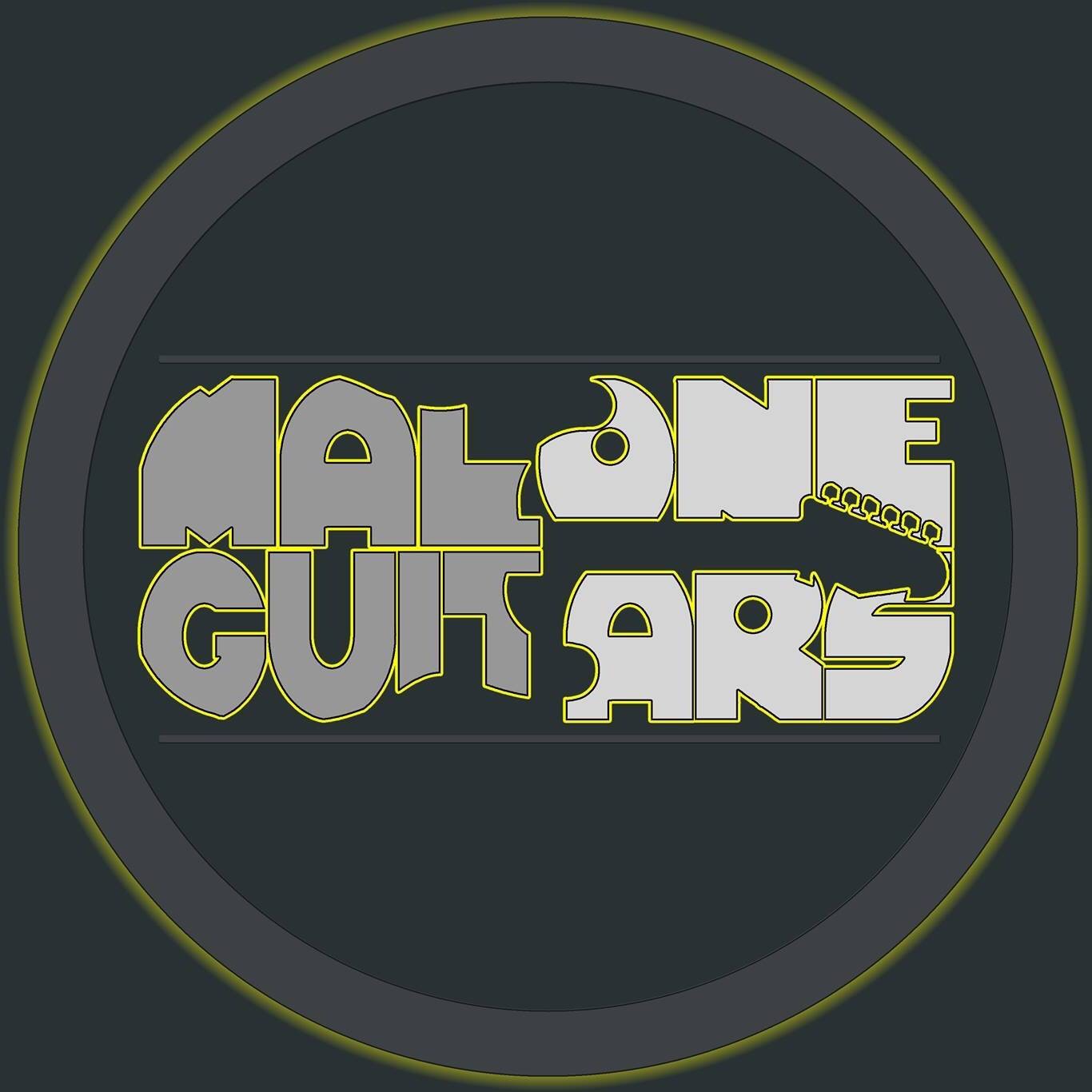So you want to mod your guitar?
- MaloneGuitars

- Dec 4, 2018
- 3 min read
Updated: Apr 24, 2019
Thinking of making some changes to your guitar? You're not alone! Modifying and upgrading a guitar is even more common than you might think - I rarely get my hands on a guitar which is exactly as it left the factory. The range of mods is vast, from minor relatively inexpensive changes which take a few minute to do, through to more full-on mods which cost £££. Before you take the plunge, its worth giving some thought to what you are trying to achieve.
So what mods are there?
Mods can generally be categorised as one of four types:
cosmetic, affecting the way the guitar looks;
sonic, affecting the way the guitar sounds;
functional, affecting how well the guitar does the job it is intended to do; and
ergonomic, affecting the way a guitar feels when played.
A single mod will often fall into more than one of these category: different strings will affect how a guitar sounds, how it feels under the fingers and may even effect function too; new machine heads might improve tuning stability, be easier to use, and look better than the originals; a different finish will affect how a guitar looks, how it feels (particularly with neck finishes) and, in some cases, how it sounds.
What are the most common mods?
Most of the mods I carry out on both acoustic and electric guitars are born of necessity - things wear out and break, so when fitting a replacement why not fit something better than was there before? The cost difference between a replacement OEM part and a higher quality replacement can be quite small, making an upgrade worthwhile the cost, but it might not be the case if you're swapping a functional part for a more expensive replacement. Unless you need to improve really need the gain an upgrade provides, if it ain't broke, don't fix it... keep the cash in your New Guitar Fund (you do have a NGF, right?) for when guitar acquisition syndrome kicks in!
The single most common upgrade in the workshop is an electric guitar pickup swap. Guitarists searching for a particular sound often look to switch to the brand or model of pickup used by their guitar heroes, or swap to something more boutique. While a pickup swap can be expensive, it usually provides the biggest change in how a guitar sounds. This is closely followed by custom wiring mods, like installing kill switches, push/pull pots for coil splitting humbuckers, fitting treble bleed circuits and the like.
For acoustic guitars, the most common mods are nut/saddle/bridge pin upgrades. While these are less invasive than an electric guitar pickup swap - and a lot more affordable - the change in tone can be significant. But then, for acoustics there's not a lot more you can do than that...
Unsurprisingly, major modifications, like structural changes and refinishing, come waaay down the list. Not only does it cost more to go crazy with big changes, if the guitar you own is serviceable and your pockets are deep enough (or you are willing to save) then going for a custom build from scratch is likely to yield better results, cost less and leave you with two guitars... win-win!
Should I modify my guitar?
While only you can answer this question, there are a few things to ask yourself before you crack out the screwdrivers and rattle cans of car paint:
What is it about my guitar that I don't like?
What do I want/need my guitar to do as well as (or instead of) what it does now?
Will the change I'm planning actually achieve that?
Will it have any other affects I don't really want?
Can I change back if I don't like the end result? How easily?
As a final thought, bear in mind that while you can usually get pretty close, some mods will probably never bring about the exact result you want - you'll never make a Les Paul sound *just* like a Telecaster. If you want a telecaster sound, feel and look, you'll need a T-type guitar - and I'd be happy to build you one!








Comments